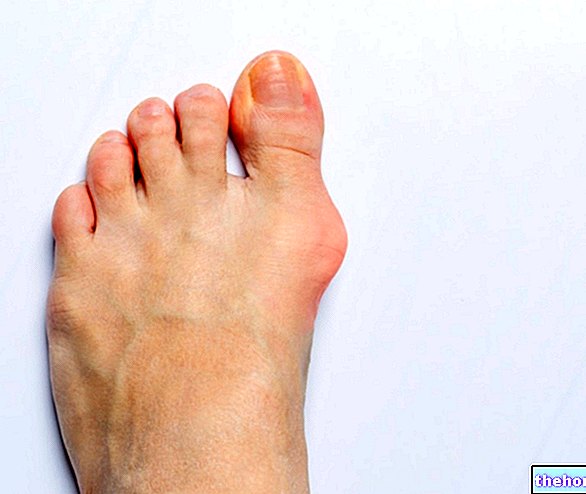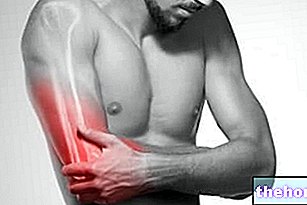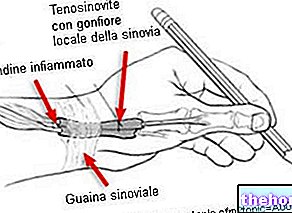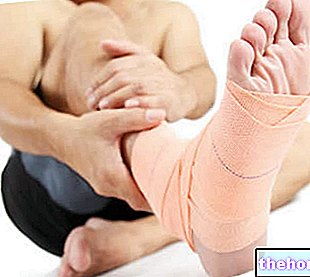
The onset of the heel spur is related to the chronicity of pathologies, such as arthrosis of the foot or ankle, plantar fasciitis and inflammation of the insertion of the Achilles tendon on the heel (enthesopathy). Very slowly, these disorders predispose to the formation of deposits of calcium salts and a bony protuberance (ie the real heel spur); in turn, the presence of exostosis in the calcaneus is related to a painful inflammatory state.
Other factors that can favor the development of the heel spur are the anatomical characteristics (eg hollow or pronated foot), repeated microtraumatism, excessive weight and prolonged use of unsuitable footwear, which involve constant stress on the rear foot.
The most characteristic symptom of the heel spur is acute heel pain. Often, this symptom worsens under load (during walking) and tends to decrease, however, with rest.
For a correct diagnosis, an X-ray examination of the foot is indicated, possibly in association with an ultrasound of the surrounding soft tissues or an MRI. The first-line treatment may include the intake of NSAIDs, the execution of stretching exercises and the use of braces. In the most serious cases, physical therapy (tecar therapy, massage, ultrasound and laser), possibly associated with infiltration of anti-inflammatories. In case of failure of these therapeutic options of conservative type, the alternative is represented by the surgical intervention.
, numerous muscles, joints, nerves and blood vessels.- Tarsus, comprising the short bones of the ankle and heel;
- Metatarsal, intermediate part of the foot, formed by five metatarsal bones;
- Phalanges of the fingers.
The calcaneus (or heel) is one of the 7 bones of the tarsus.




























